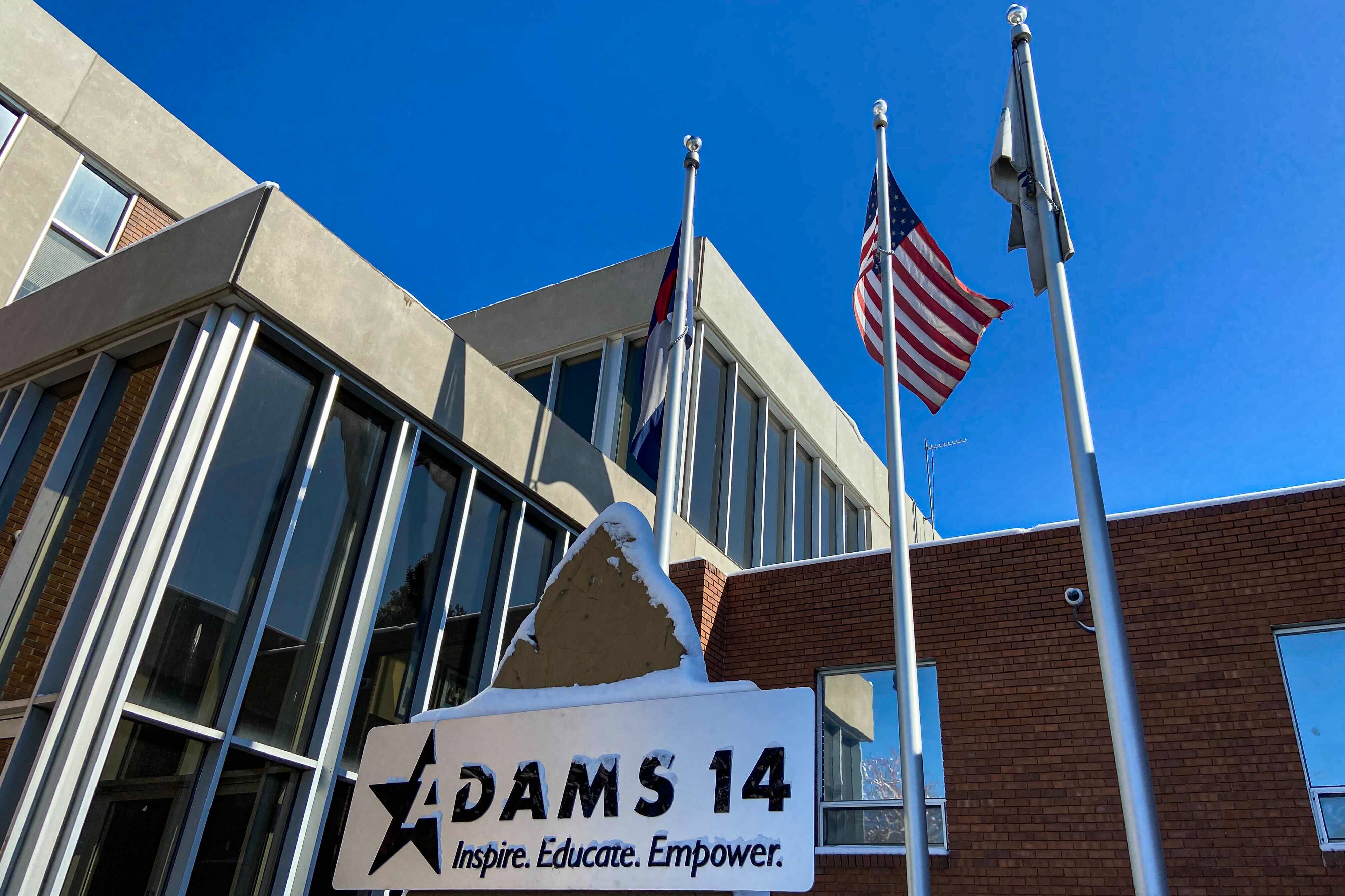Sign up for Chalkbeat Colorado’s free daily newsletter to get the latest reporting from us, plus curated news from other Colorado outlets, delivered to your inbox.
The Adams 14 school district will not have an improved performance rating this year, despite many district complaints about the state’s system.
On Wednesday, the Colorado State Board of Education voted to approve the final decisions on appeals from schools and districts that didn’t agree with their annual performance rating, first released in September.
The state this year received requests to reconsider 15 district ratings and 79 school ratings, compared to 10 district and 81 school ratings appeals last year. Of those requests, the state approved 85 ratings changes, including 22 requests for Denver schools. Among the appeals denied was Adams 14’s request to change its district rating.
Adams 14, the district with the longest number of low state ratings, is on year 11 of low ratings. The district’s rating for 2024 of priority improvement is the second-lowest rating for districts and is identified by orange. It’s the same rating the district received in 2023.
The state is required to step in and order intervention when a school, or district, has five years of low ratings.
Once under state-ordered plans, a school or district must have at least a rating of improvement, identified by yellow, one rung above priority improvement, for at least two years in a row, for the state intervention to stop.
Despite many improvement plans and state orders for Adams 14, the district has not managed to earn an improvement rating a single time in more than a decade.
In the last few months, district leaders have asked the state to reconsider the district’s rating, and the state’s way of evaluating any school’s performance based on environmental factors and the impact pollution has on children. The district also wanted the state to reconsider using SAT and PSAT data in the ratings this year, given large performance gaps, and an acknowledgement that drops in high school scores were at least in part due to changes to the test format.
And in the official Request to Reconsider application the state looked at, the district wanted the state to exclude its alternative high school’s data from its district rating.
State officials explained that statute and predetermined rules dictate the conditions needed to change a district’s rating. In a case where an alternative school earns the highest rating possible – of performance – and when removing that data raises a district’s rating enough to move up a level, the state allows that exclusion. For Adams 14, neither of those conditions were met.
In a letter drafted by state lawyers to respond to Adams 14, officials denied that some of the racial and environmental challenges faced by the community factored into the district’s rating.
“The department recognizes and does not discount the challenges facing the Commerce City community – the impacts of pollution, poverty, food insecurity, and violence in a community with a very high percentage of multilingual learners and high rates of absenteeism. The department very much wants to continue to be a partner in addressing these issues for the benefit of the students of Adams 14,” the letter states. “At the same time, the accountability system is not currently designed to adjust final ratings based on such challenges.”
For its schools, however, Adams 14 was successful in appealing seven ratings.
Among those, the district’s two middle schools will now have a label of insufficient data for a rating, based on low test participation. The other five successful appeals were for elementary schools where the district submitted additional local test data.
With all the ratings finalized, Adams 14 this year had two schools with improved ratings and two others with lower ratings, compared to last year.
Alsup Elementary, despite its successful appeal from turnaround to priority improvement, will move forward, now on year three, on the state’s timeline toward intervention.
Yesenia Robles is a reporter for Chalkbeat Colorado covering K-12 school districts and multilingual education. Contact Yesenia at yrobles@chalkbeat.org.





